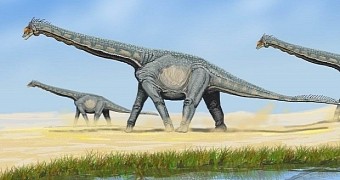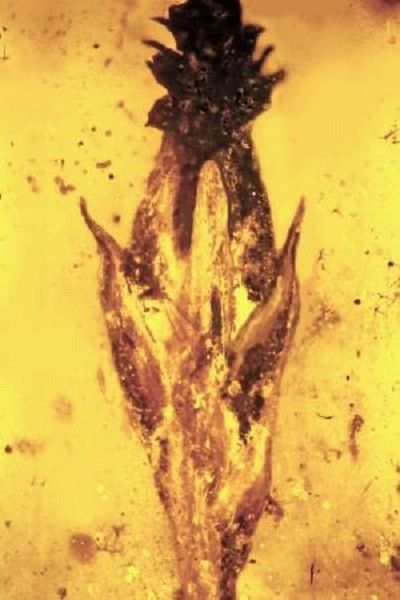A new paper in the journal Palaeodiversity announces the discovery of an amber fragment estimated to be about 100 million years old. This amber fragment contains a grass specimen that has a fungus on it.
What’s interesting is that this fungus appears to be strikingly similar to ergot, which we humans have been familiar with for centuries now. Thus, ergot fungi are well known for being able to cause hallucinations.
In fact, it was from ergot that scientists managed to extract a chemical compound that eventually led to the creation of the hallucinogenic drug LSD, the specialists who found and analyzed the amber fragment explain.
The fact that an ergot-like fungus used to grow on grass an impressive 100 million years back means that it is possible that hallucinogenic compounds have been around for longer than we dare image.
What’s more, it’s safe to assume that, seeing how the ergot-like fungus found encased in amber grew on grass, it occasionally got eaten by dinosaurs. That’s right, it could be that the beasts that roamed the Earth eons ago sometimes got high.
“There is no doubt in my mind that it would have been eaten by sauropod dinosaurs, although we can’t know what exact effect it had on them,” says researcher George Poinar with the Oregon State University.

 14 DAY TRIAL //
14 DAY TRIAL // 

